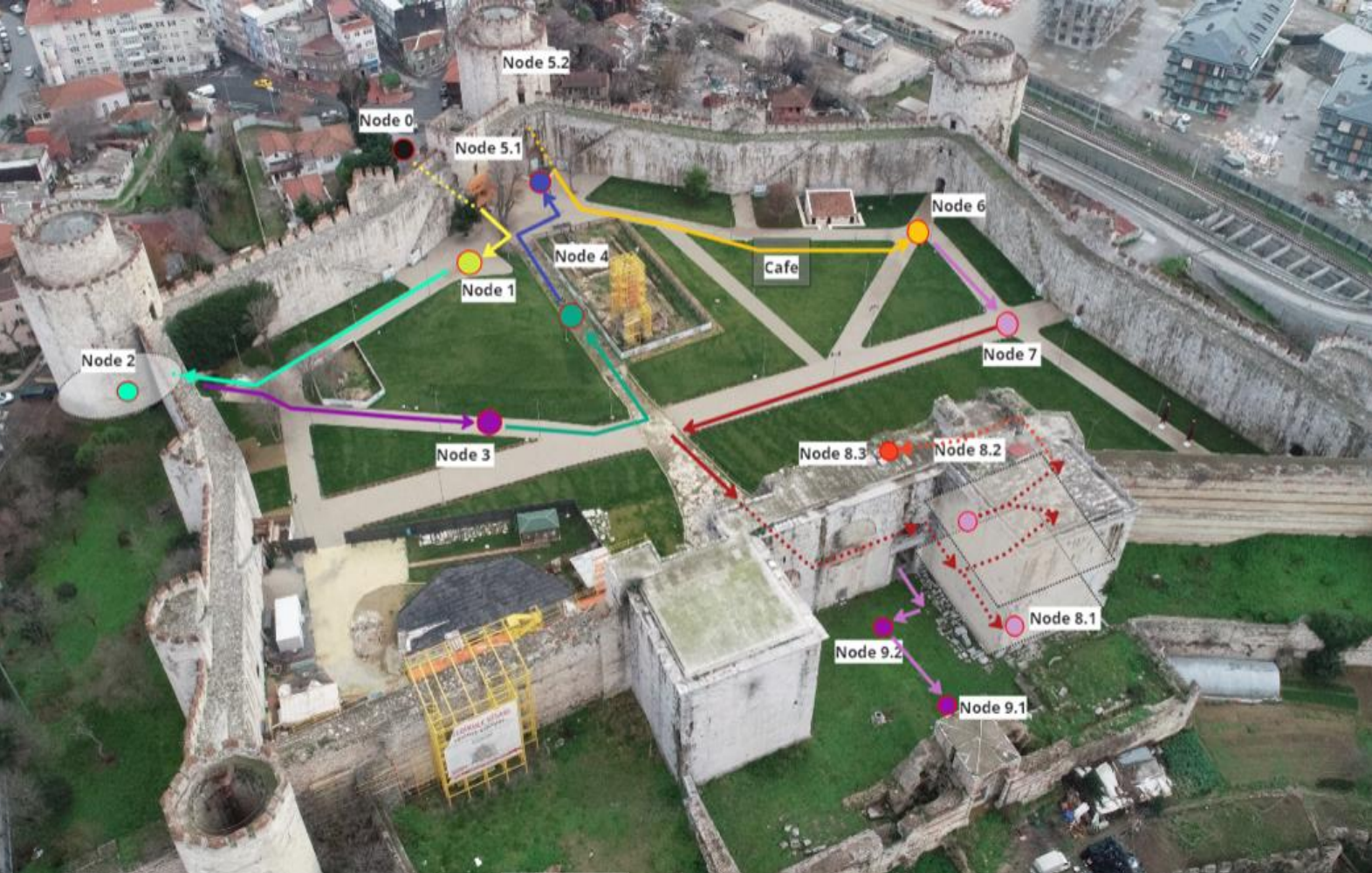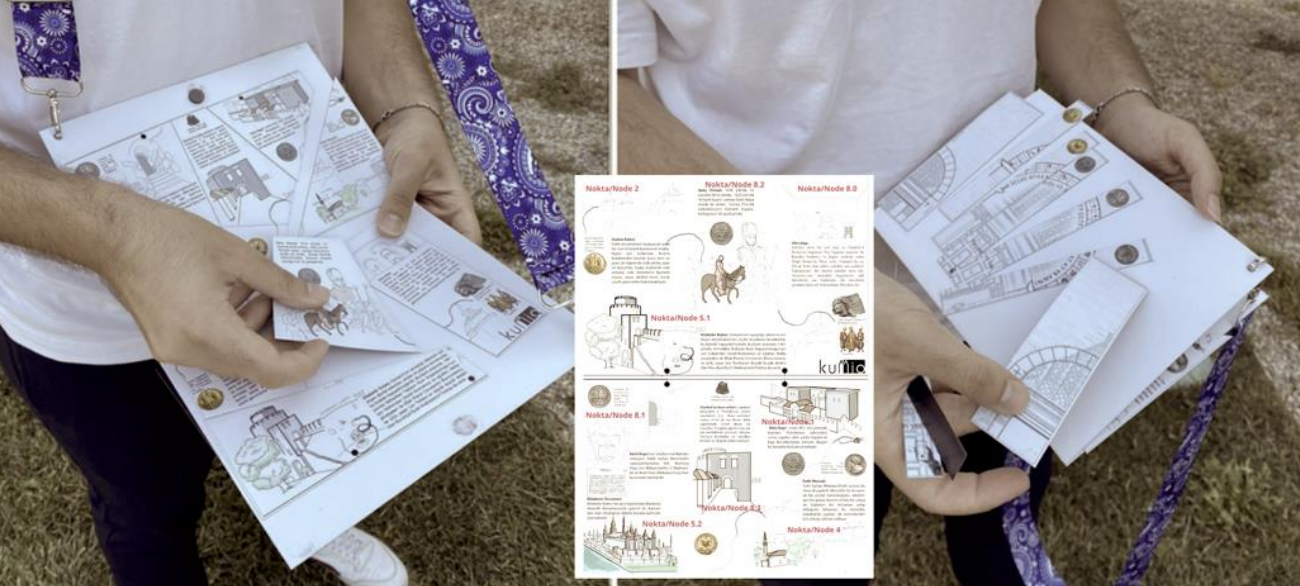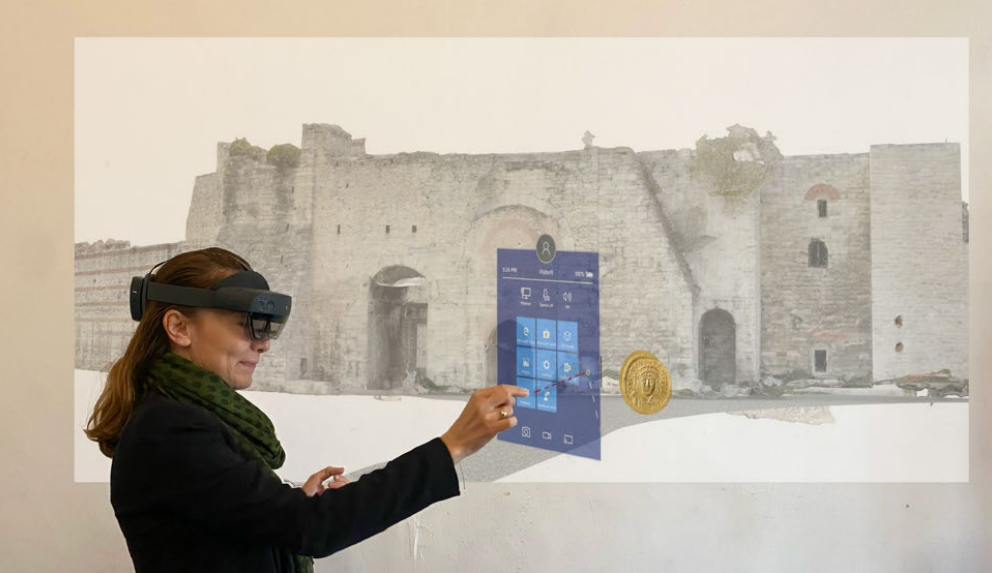Fostering Cultural Heritage Awareness Through Game Elements
Gül, L. F., Kilimci, E. S. Y., Özer, D. G., Moralioğlu, B., & Çoşkun, E. (2023) Fostering Cultural Heritage Awareness Through Game Elements. In: 11th International conference of the Arab Society for Computer Aided Architectural Design (ASCAAD 2023), University of Petra, Jordan


Cultural heritage sites, with their diverse architectural spaces, offer visitors unique opportunities to engage with their environmental and structural features. This paper presents the initial phase of a broader research endeavor focused on conveying cultural and historical information by integrating game elements within the context of cultural heritage. The primary objective of this study is to design a comprehensive route for the Yedikule Fortress, highlighting its key attractions while emphasizing its cultural and historical significance. During the design phase, we began by compiling and evaluating data concerning visitors’ activities and points of interest within the social media and the physical space of the site. We then integrated this information with historical data, establishing connections between prominent events and specific locations. This paper will discuss the issues to be considered and the method to design a route of game-based MR experience in cultural heritage areas. This paper will discuss the critical considerations and methodology employed to create a route for a game-based MixedReality (MR) experience in cultural heritage areas.
Photogrammetric model optimization in digitalization of architectural heritage: Yedikule fortressey of recent developments
Sancak, N., Uzun, F., Turhan, K., Saraoǧlu Yumni, H. K., & Özer, D. K. (2023). Photogrammetric model optimization in digitalization of architectural heritage: Yedikule fortress. International Archives of the Photogrammetry, Remote Sensing and Spatial Information Sciences-ISPRS Archives.


The idea of “digitalization of architectural heritage” has recently gained prominence to represent architectural and historical assets. With all these potentials, this study aims to create optimized models that can be used in serious gaming environments by presenting a method of photogrammetry. As a case study, Yedikule Fortress and its surroundings, which have a multi-layered structure that includes many cultural aspects such as Byzantine, Ottoman, and Republican periods in the historical process, have been studiedwithin the scope of digitizing the architectural heritage to create an optimized model for gaming environments. The study wasmethodologically constructed in three phases: Photogrammetry, polygon modeling, and low poly/high poly baking process. The fortress and its surroundings are modeled using a high-detail point cloud and a high-poly mesh using aerial photogrammetry. The high-poly model was taken as a reference and transferred into a low-poly model as a mesh map, texture, and light characteristics. This allowed the high poly model to operate more efficiently and effectively in game engines. As a result, the study created a detailed and optimized model for the game engines to produce serious games specific to light and texture data, to be used on devices that support mixed reality (MR) technologies.





